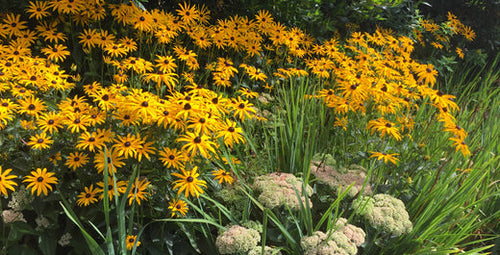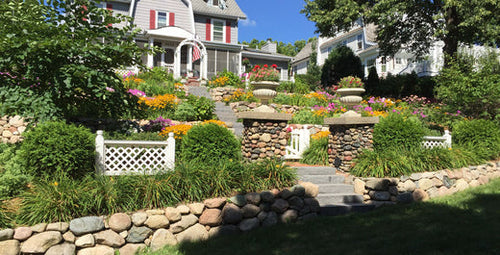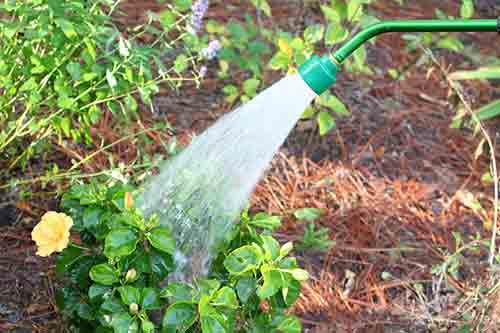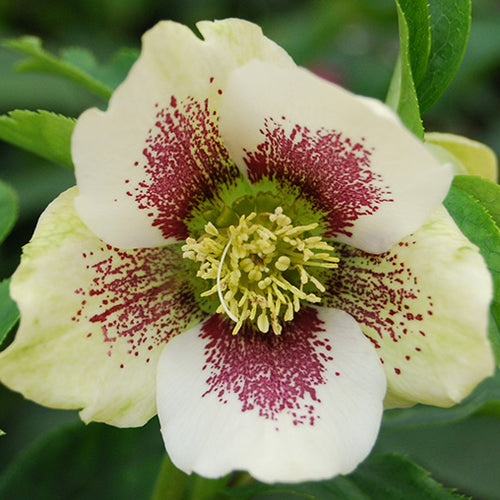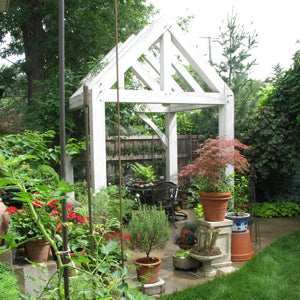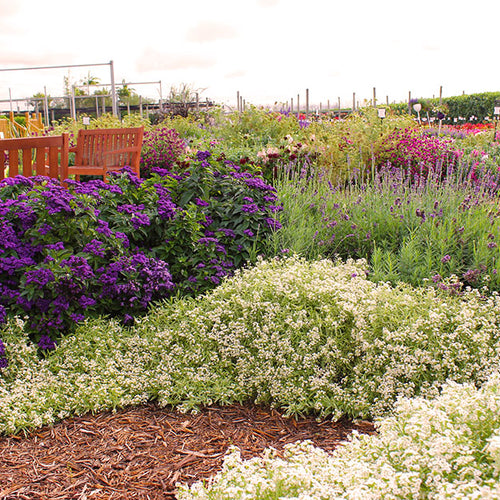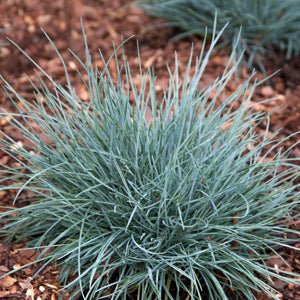By Doug Jimerson
Groundcovers are the workhorses of the landscape. These fast-growing, low-maintenance plants will carpet open spaces in your garden with bright color and beautiful foliage. Use them to electrify bare spots under trees, keep exposed hillsides from eroding after heavy rains, reduce mowing chores by replacing turf, and much more. There are groundcovers that excel in sunny and shade locations.
Sun Lovers
Sun-loving groundcovers are ideal for slopes and steep hillsides where mowing is almost impossible. They are also a top pick for large, open, sunny sites where erosion control is important. Sun lovers come in a wide assortment of shapes, sizes, and colors, so you can mix and match them to create a tapestry of bloom and get that just-right look for your yard. For small areas try low-growing species such as creeping phlox, liriope, sedum, catmint, red thyme, or perennial geranium. Taller favorites include daylily, ornamental grass, coreopsis, artemisia, or coneflower.
Shade Dwellers
Shade-loving, perennial groundcovers are ideal for woodland gardens or yards where mature trees make it impossible for turf grasses to thrive. Most shade dwellers grow 4 to 24 inches tall and quickly scramble over the surface of the soil adding much-needed color to an otherwise drab environment. These dense creepers also keep weeds at bay and help maintain soil moisture. Some shady groundcovers produce cheerful flowers, but many are prized more for their pretty foliage. Some of our favorite creepers include ajuga, pachysandra, lamium, epimedium, vinca, and ivy. Taller species include hosta, astilbe, fern, and hellebore.
Shopping for Groundcovers
When you visit your local garden center choose plants that have bright, healthy-looking foliage. Avoid those that are wilted or discolored.
Don't be afraid to slip groundcovers out of the pot to check the roots, too: They should have white, firm roots. If the plant is especially rootbound (so the roots are pushing out against the side of the pot) or if the roots are brown and soggy, it's best to look for a different plant.
Often groundcovers are sold in a particular location or are marked accordingly on their pot or flat. But keep in mind that any fast-growing species can be an effective groundcover, even if they aren’t sold specifically for that task. And finally, when it comes to groundcovers, it’s always smart to buy a few more plants than you think you need. Once you start planting you want to be sure you have enough to cover the entire area and aren’t tempted to thin them out to make up the difference.
How to Plant
Planting groundcovers is easy. Simply dig a hole large enough to accommodate the root ball of the plant, set the plant in the hole and backfill with soil. Water thoroughly and mulch between the plants to keep weeds from taking over. Always plant groundcovers in wide drifts or clumps; never lined up single file. For faster results you might want to set them in the ground a bit closer than the plant tag recommends, but remember, groundcovers grow quickly so if you are patient they’ll fill in before you know it. Get more tips for planting groundcovers.
Caring for Groundcovers
Once established most groundcovers require very little care. However, it’s important to pull any weeds that try to get a foothold as your plants are spreading out. In the spring, sprinkle a little slow-release granular fertilizer around the plants to keep them well fed through the summer. Over time, some groundcovers may become overcrowded and need to be dug and divided to keep them in top form.










